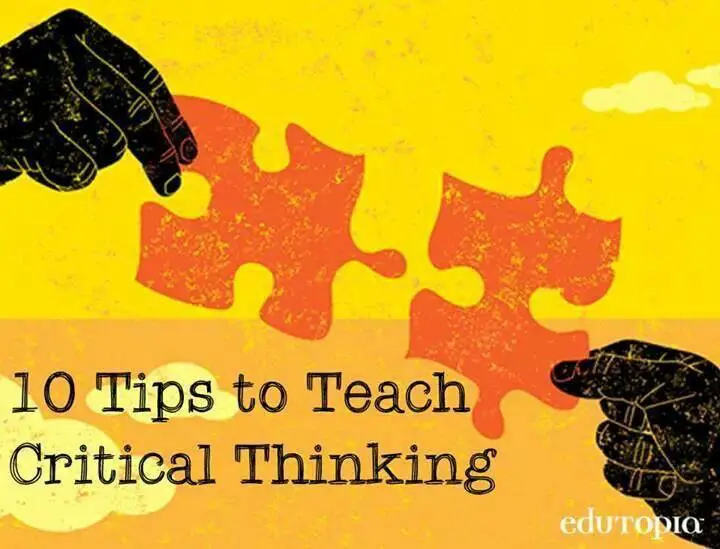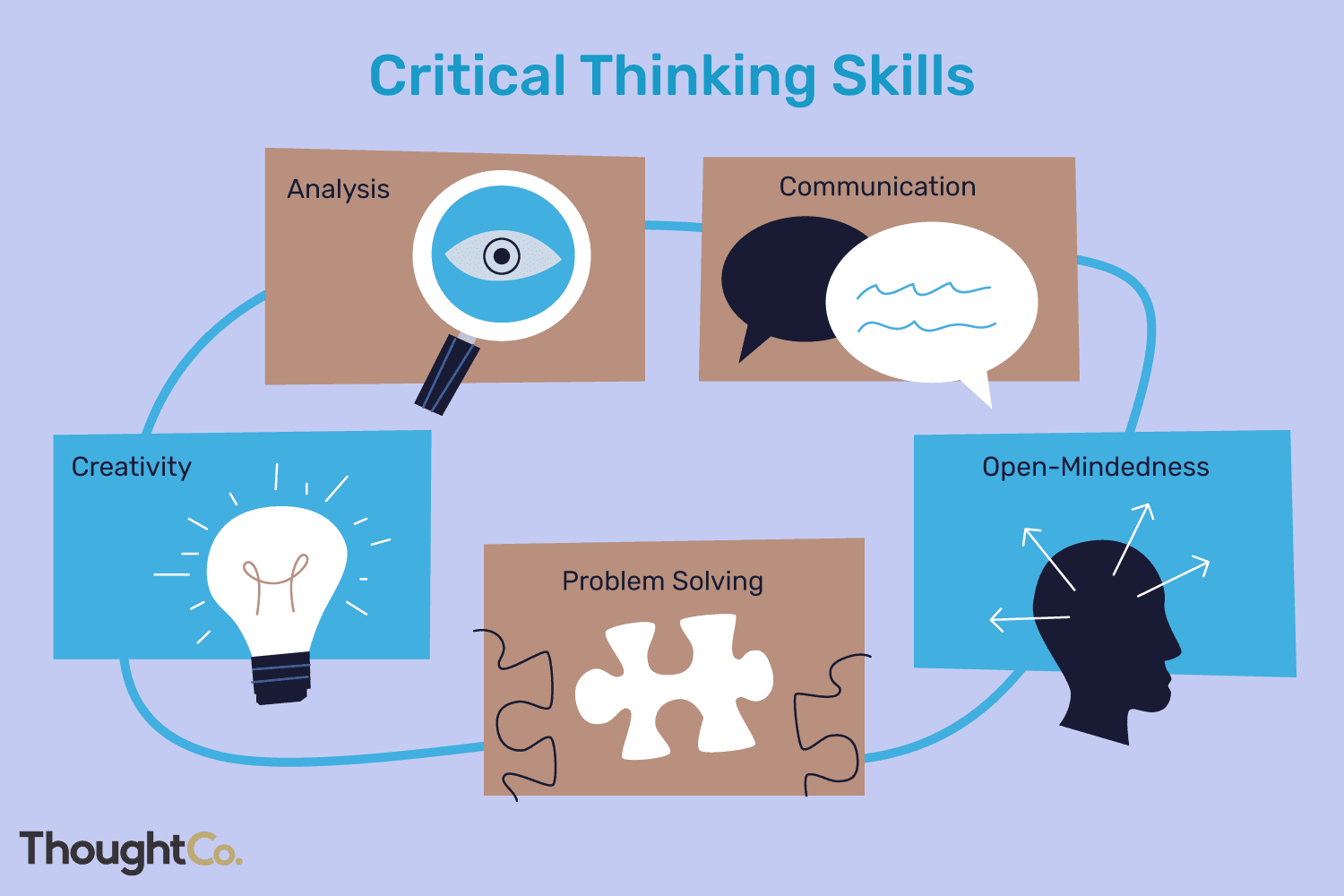Reverse Engineering In Education: Teaching Critical Thinking

Executive Summary:

This article expounds on the benefits of employing reverse engineering principles within educational systems to foster critical thinking skills among students. It proposes an approach that combines theoretical knowledge with hands-on experience to enable students to analyze, deconstruct, and create solutions effectively.

Introduction:
The traditional education system often emphasizes memorization and rote learning, leaving students inadequately prepared to navigate the complexities of the real world. By adapting reverse engineering principles, we can empower students with the critical thinking and problem-solving capabilities essential for success in various endeavors.
Identifying Key Subtopics:
-
Understanding Reverse Engineering:
- Reverse engineering involves dissecting a system to comprehend its components, structure, and underlying principles.
- Through reverse engineering, students gain insights into the intricate details of complex systems.
- It cultivates an inquisitive mindset and an analytical approach to problem-solving.
-
Fostering Analytical Thinking:
- Reverse engineering challenges students to deconstruct concepts and systems into their constituent parts.
- This process strengthens their ability to identify patterns, relationships, and underlying mechanisms.
- Analytical thinking equips students with the tools to navigate complex information and make informed decisions.
-
Developing Problem-Solving Skills:
- Reverse engineering encourages students to approach problems from different angles and perspectives.
- It nurtures their ability to identify root causes and devise innovative solutions based on existing knowledge.
- Students learn to break down complex challenges into manageable components, tackling them systematically.
-
Promoting Creativity and Innovation:
- Reverse engineering stimulates imagination and encourages students to think outside traditional boundaries.
- By analyzing existing solutions, students can identify areas for improvement and propose creative alternatives.
- This process cultivates an innovative mindset and the ability to adapt to changing circumstances.
-
Enhancing Collaboration and Teamwork:
- Reverse engineering often requires collaborative efforts, encouraging students to work together and share ideas.
- Teamwork enhances their communication, cooperation, and conflict-resolution skills.
- Collaborative projects foster a sense of shared responsibility and collective achievement.
Conclusion:
Incorporating reverse engineering principles into education provides a transformative approach to learning. It equips students with critical thinking, problem-solving, and creativity skills, empowering them to become effective and innovative contributors to society. By fostering a deeper understanding of systems and processes, reverse engineering nurtures a lifelong thirst for knowledge and a commitment to continuous improvement.
Keyword Phrase Tags:
- critical thinking skills
- problem-solving skills
- reverse engineering principles
- creative and innovative solutions
- analytical thinking

This article provides insightful perspectives on integrating reverse engineering into educational practices. By fostering critical thinking skills, we empower learners to become innovative problem-solvers. Well-written and thought-provoking!
While the concept of reverse engineering in education has merit, I find the implementation challenging. The lack of adequate resources and teacher training could hinder its effectiveness. Further research is needed to address these concerns.
This article highlights the importance of incorporating hands-on learning experiences into STEM education. Reverse engineering allows students to delve deeper into the inner workings of technology, fostering a deeper understanding of scientific principles.
The author’s claim that reverse engineering is the ultimate approach to teaching critical thinking is flawed. While it has its merits, other pedagogical methods also contribute to the development of analytical skills. A balanced approach is more effective.
Teaching critical thinking through reverse engineering? How original! It’s almost as if educators haven’t been using this method for decades. Let’s celebrate mediocrity!
Oh, yes, reverse engineering. The secret ingredient that makes every student a budding Einstein. If only it were that simple. Let’s ignore the complexities of learning and reduce education to a one-size-fits-all formula.
Reverse engineering in education? Why not just give kids a hammer and a broken clock and tell them to fix it? It’s like the educational equivalent of the ‘MacGyver’ challenge. Let the frustration begin!
While I appreciate the intent behind using reverse engineering to teach critical thinking, I believe it has limitations. It can be a valuable tool, but it should not overshadow other essential educational approaches that foster creativity and collaborative learning.
This article has opened my eyes to the transformative potential of reverse engineering in education. By engaging students in problem-solving and analytical thinking, we can cultivate a generation of innovators and critical thinkers.
I’m intrigued by the concept of reverse engineering in education, but I have concerns about its feasibility in all educational contexts. Not all subjects or topics lend themselves well to this approach. Further research is needed to explore its suitability across different disciplines.
This article ignited a fire within me! Reverse engineering is the missing link in our educational system. It empowers students to become active learners, challenge assumptions, and develop an unyielding curiosity. Bravo!
While the theoretical underpinnings of reverse engineering in education are sound, I wonder about its practical implementation. Time constraints, limited resources, and student diversity are just a few factors that could pose challenges. Educators need practical guidance and support to effectively integrate this approach.